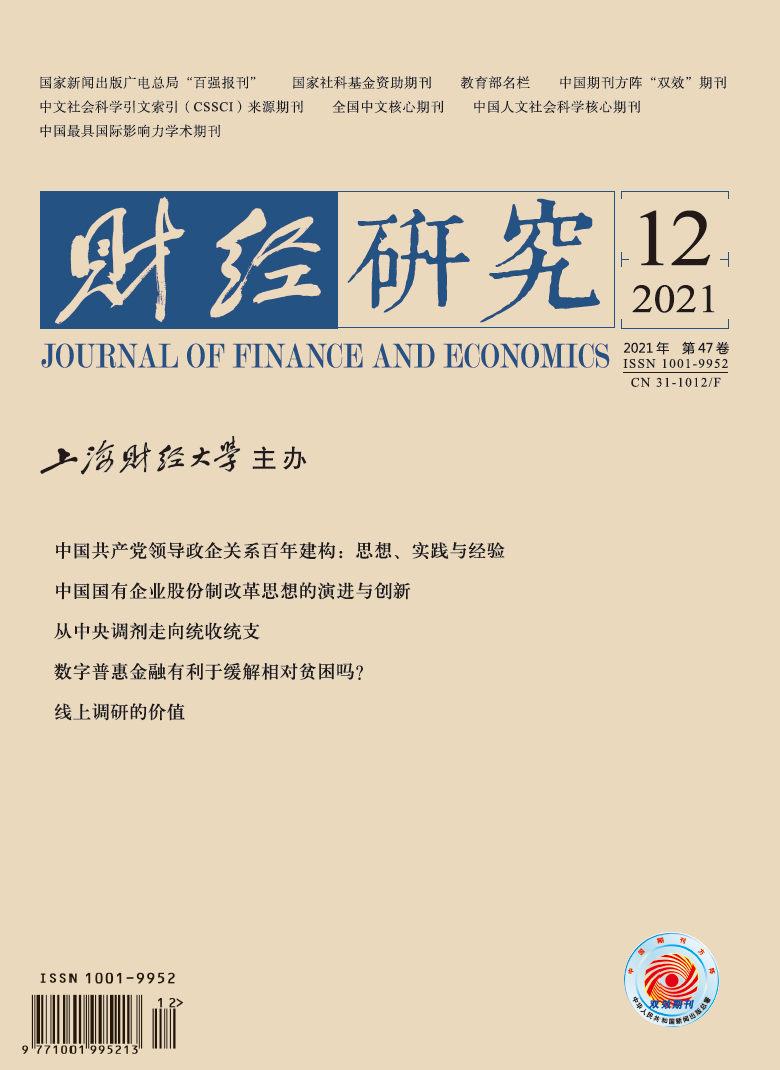China has eliminated absolute poverty, and relative poverty is the focus of poverty control in the future. The goal of digital inclusive finance is to facilitate low-income groups to obtain financial services, but the development of digital inclusive finance still has the problem of weak inclusiveness. Enhancing the inclusive nature of digital inclusive finance is conducive to building a long-term mechanism for alleviating relative poverty.
This paper uses CFPS household micro data to calculate the FGT index to measure relative poverty, and uses the data of Peking University Digital Inclusive Finance to build a short panel model to analyze the impact of digital inclusive finance on relative poverty. At the same time, this paper uses the household micro data of CHFS in 2017 to match the county-level data of Peking University Digital Inclusive Finance Index to investigate the benefit difference of digital inclusive finance between relatively-poor households and non-relatively-poor households. The benchmark regression shows that the development of digital inclusive finance has exacerbated the relative poverty in urban and rural areas. In this paper, FGT0, FGT1, FGT2 indexes of different standards and FGT indexes regardless of urban and rural areas are used to replace the explanatory variables for robustness analysis, and the results are still robust. This paper constructs Bartik instrumental variables to estimate instrumental variables. The results still show that the current development of digital inclusive finance is not conducive to reducing relative poverty.
This paper analyzes the reasons why China’s digital inclusive finance is not conducive to alleviating relative poverty from the perspectives of whether it can obtain digital inclusive financial services and the degree of benefit from digital inclusive financial services, and puts forward solutions. The research finds that: (1) The lack of digital tools for low-income families and the difficulty of obtaining more income growth through the convenience of purchasing financial products brought by digital inclusive finance are the main reasons for the development of digital inclusive finance to aggravate relative poverty at this stage. (2) The popularization of digital tools, the improvement of digital infrastructure and the improvement of education level can promote digital inclusive finance to alleviate relative poverty.
This paper suggests that the government should further promote the popularization of digital tools and improve the digital financial infrastructure (especially the popularization of economical smart phones, computers and the Internet in rural areas), and promote the more convenient use of digital inclusive finance by low-income people; financial institutions should optimize digital technology and algorithms to provide better financial services for low-income people; residents should consciously take the initiative to improve their financial literacy, obtain digital inclusive financial services, reduce time and transaction costs, conduct financial management scientifically, and increase property income.





 6262
6262  6968
6968

